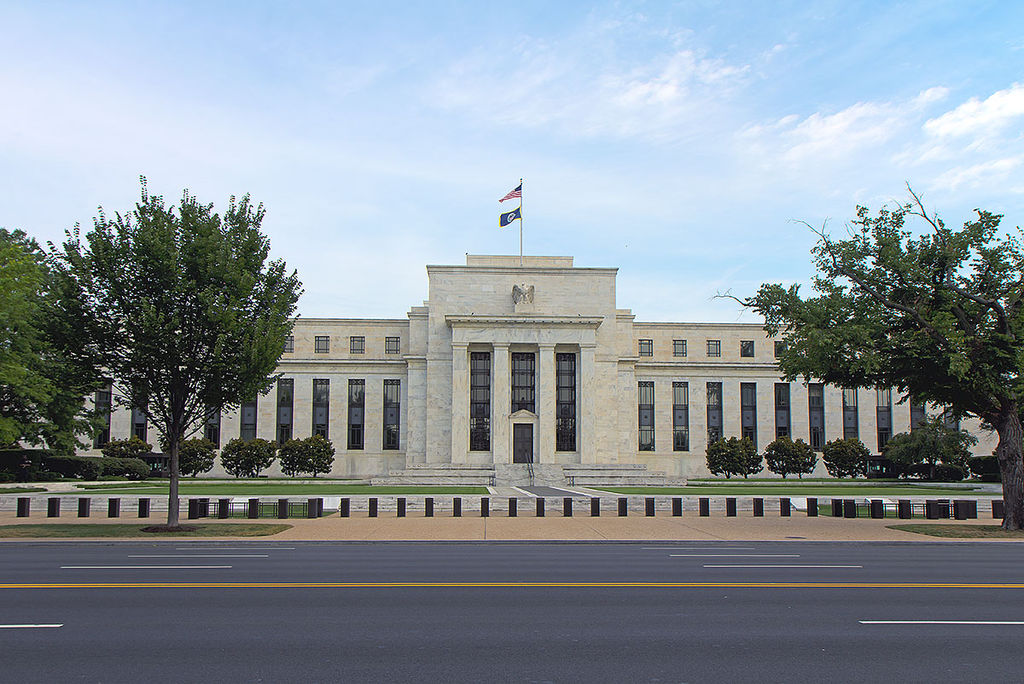News Highlights
The US central bank, the Federal Reserve, has raised the Federal Funds Rate (FFR) target, paving the way for higher interest rates.
Key Takeaways.
- The US Federal Reserve increased the rate by three-quarters of a percentage point.
- It is the fourth rate hike this year by the US Fed.
- The rate hike would narrow the interest rate differential between the two nations.
- It would drain more dollars from India’s debt and equity markets.
What is the Federal Funds Rate (FFR)?
- The FFR is the interest rate at which commercial banks in the US borrow from each other overnight.
Why is the Fed hiking the interest rate?
- This is called monetary tightening.
- Any bank resorts to interest rate hikes when it wants to rein in inflation in the economy.
- By decreasing the amount of money in the economy, the Fed hopes to decrease the overall demand in the economy.
- Reduced demand for goods and services is expected to bring down inflation.
What are the risks of monetary tightening?
- Aggressive monetary tightening involves large increases in interest rates in a relatively short period of time.
- It runs the risk of creating a recession, which means a significant decline in economic activity.
- The decline in economic activity results in job losses, reduced incomes, and reduced consumption.
What is the likely impact on India?
- The rate hike by the US Fed could narrow the interest rate differential between India and the US.
- Thereby triggering more outflow of dollars from India’s debt and equity markets to the US.
- The narrowing interest rate differential will put pressure on the rupee.
- The value of the rupee would go down against the US dollar.
- A weakening rupee will widen India’s trade deficit.
- The trade deficit is the difference between total exports and total imports.
- It would mean costlier imports.
What measures would India take?
- The economist expects that the Reserve Bank of India (RBI) may hike the interest rate.
Content Source: The Indian Express.



